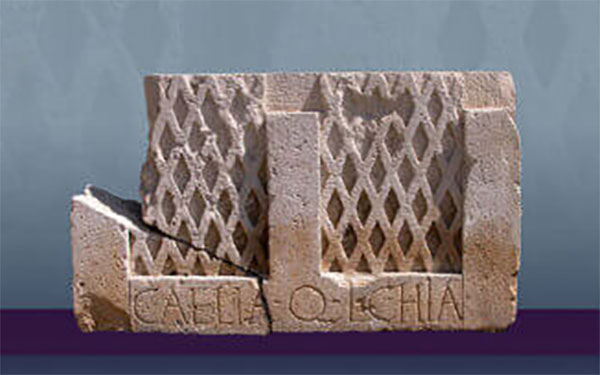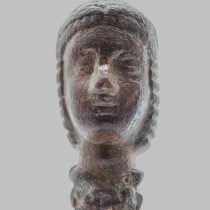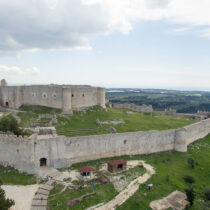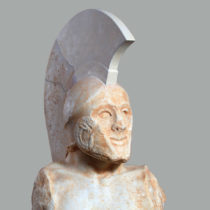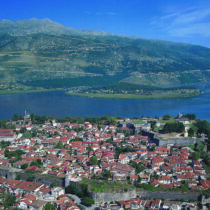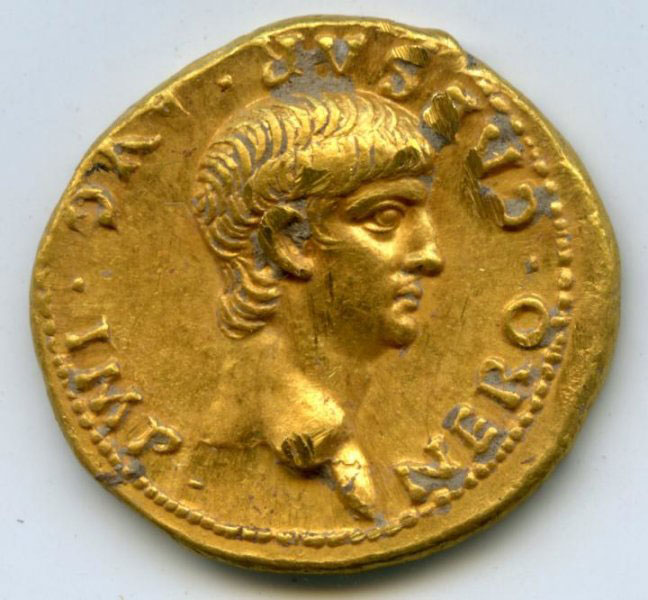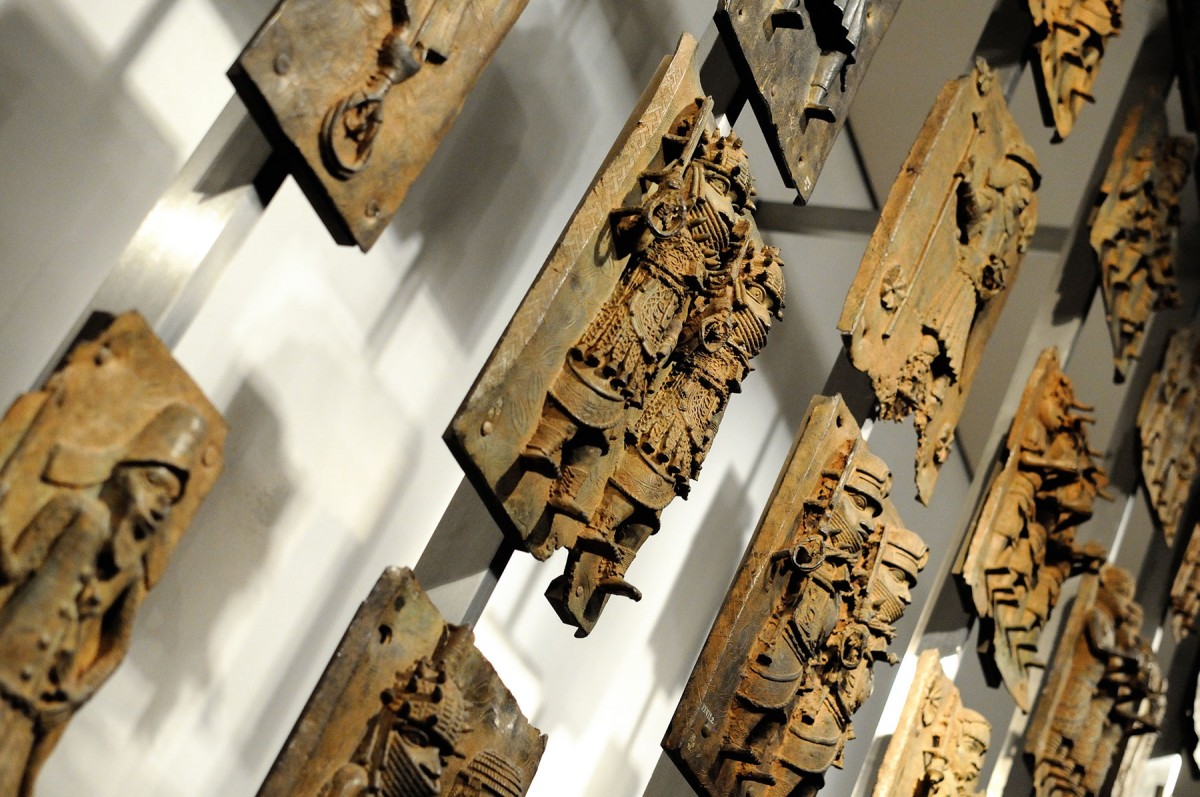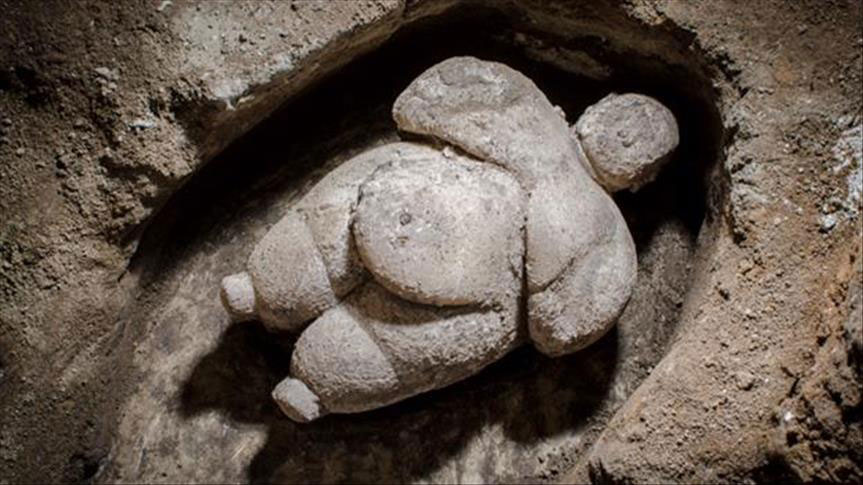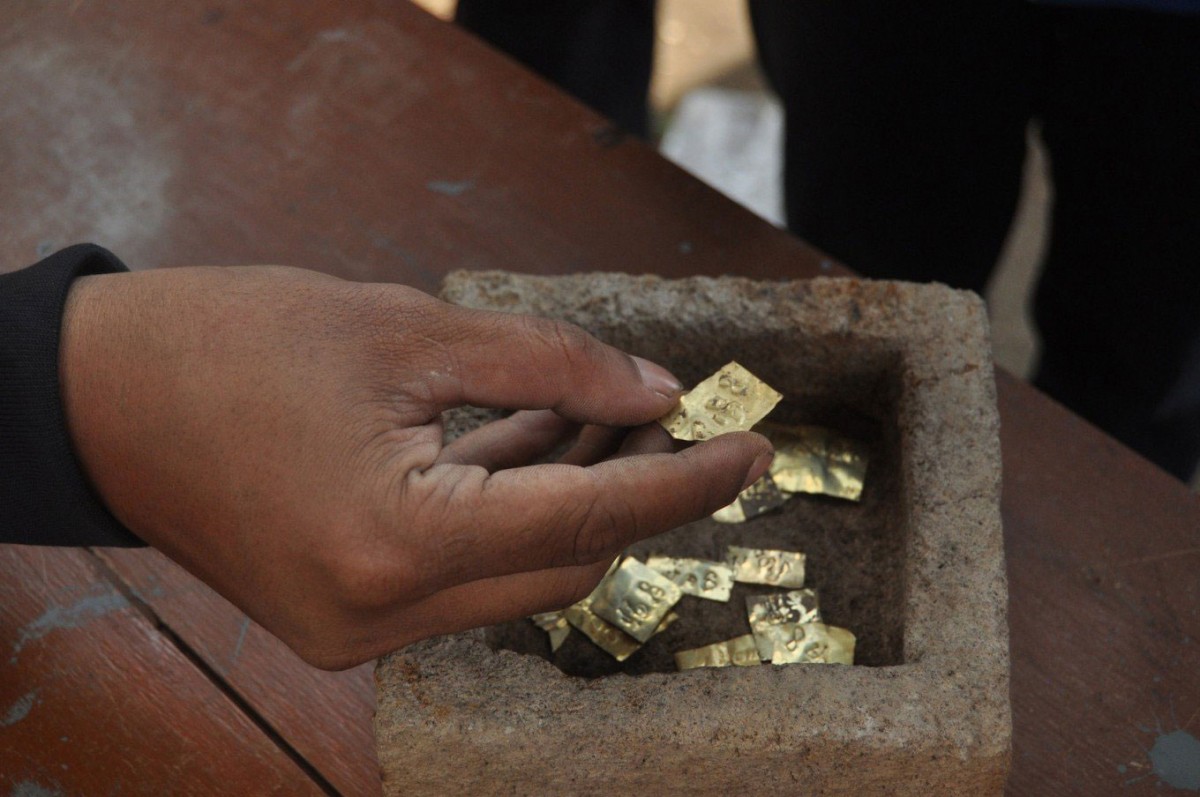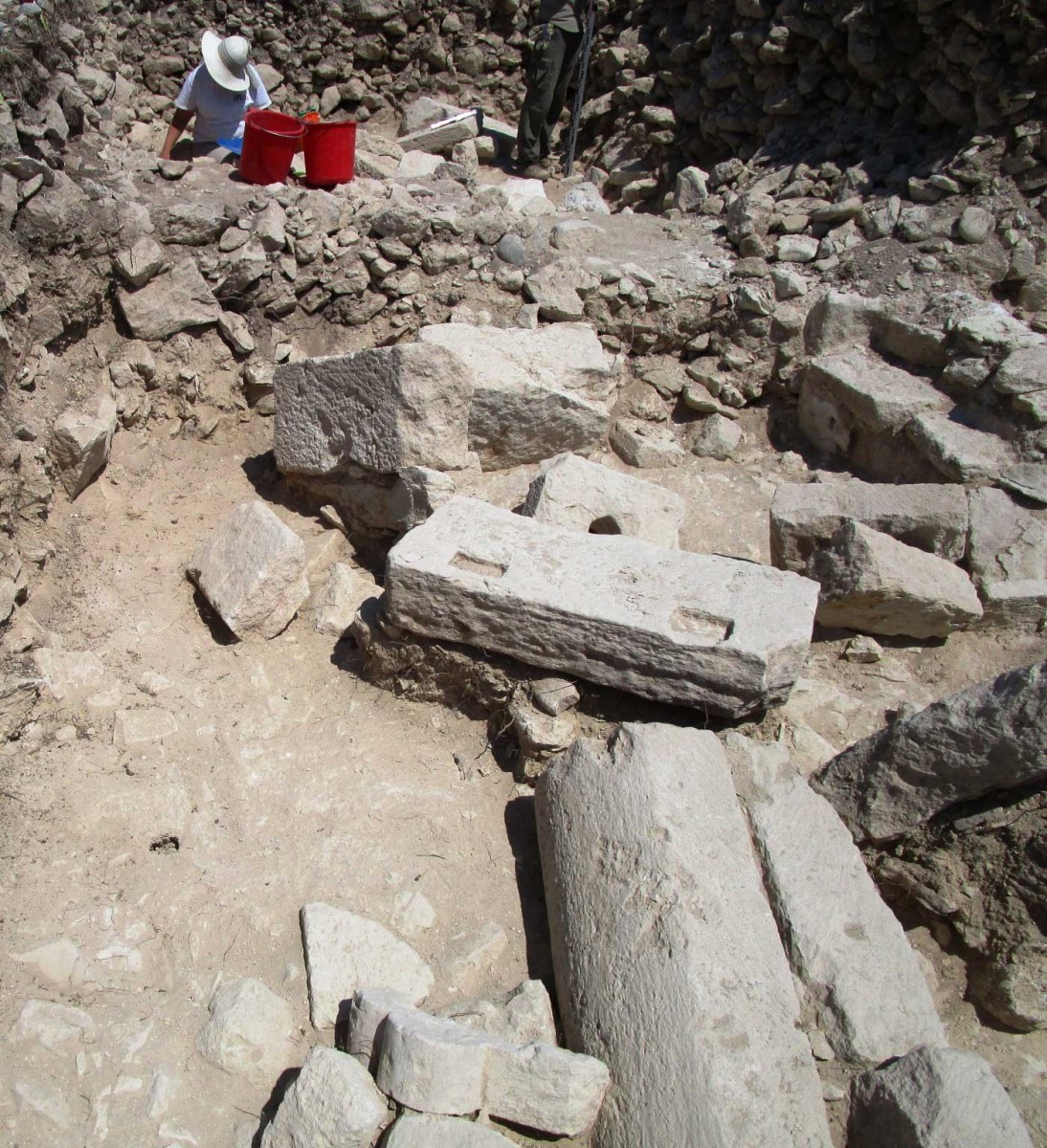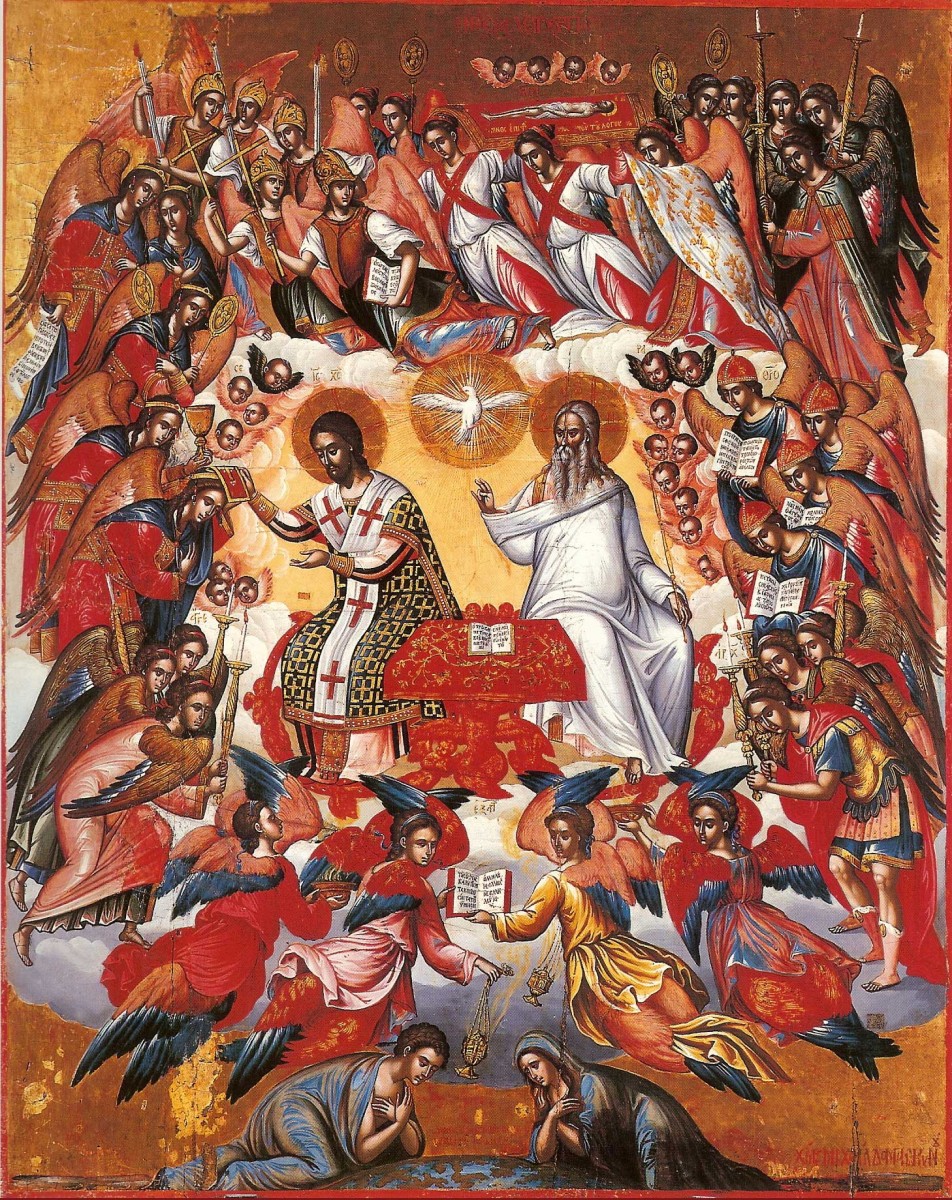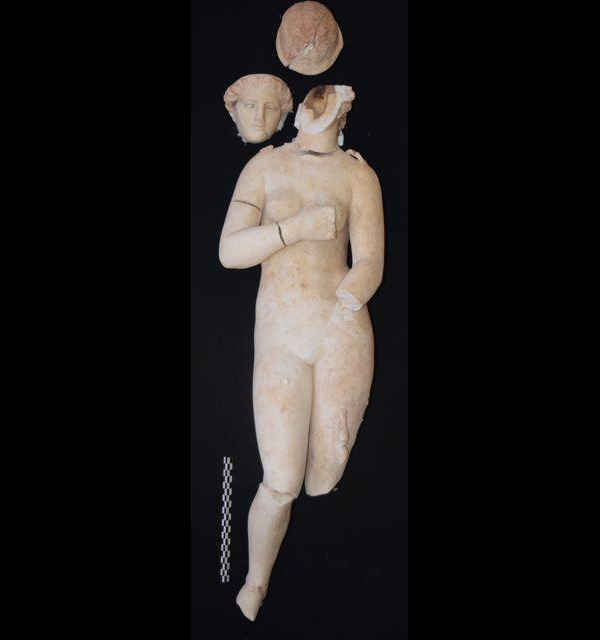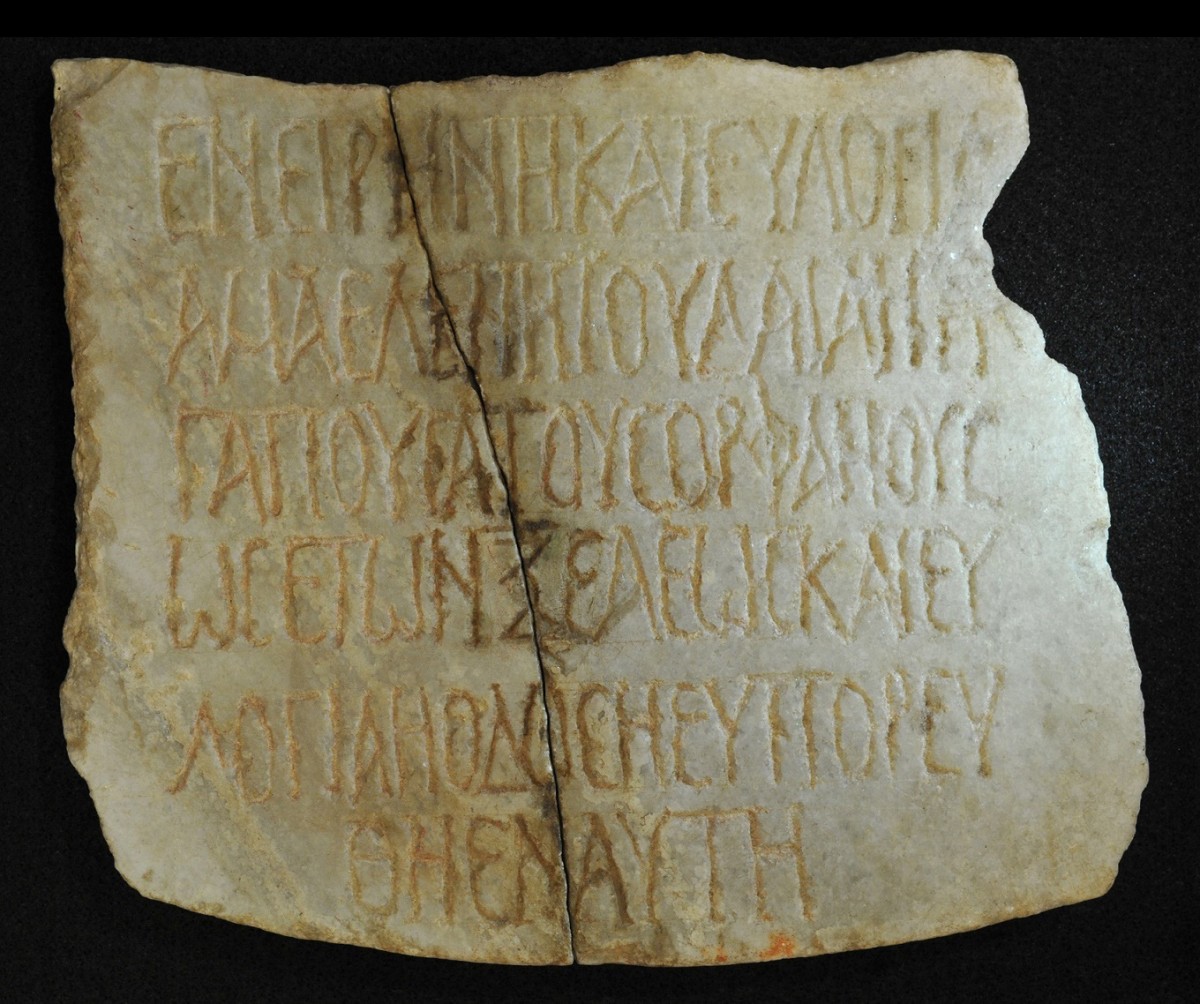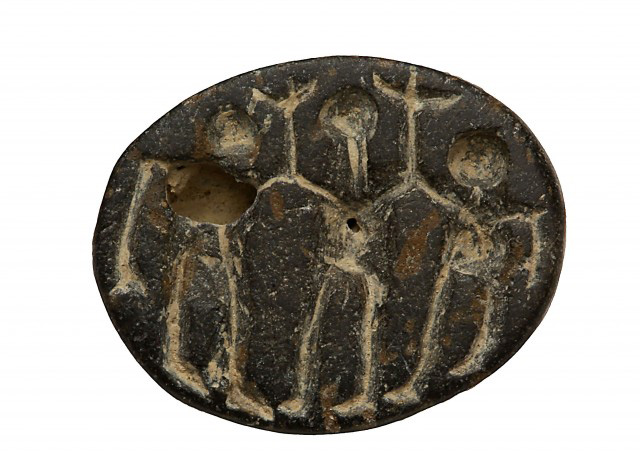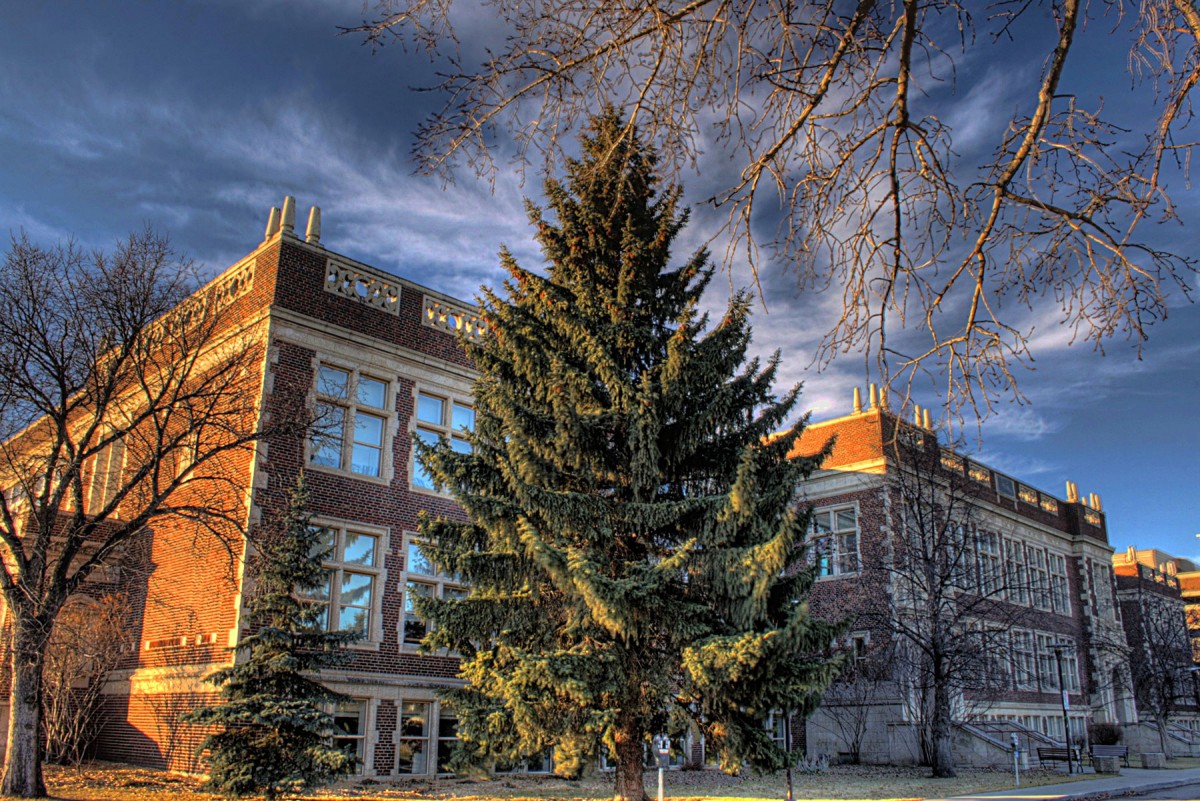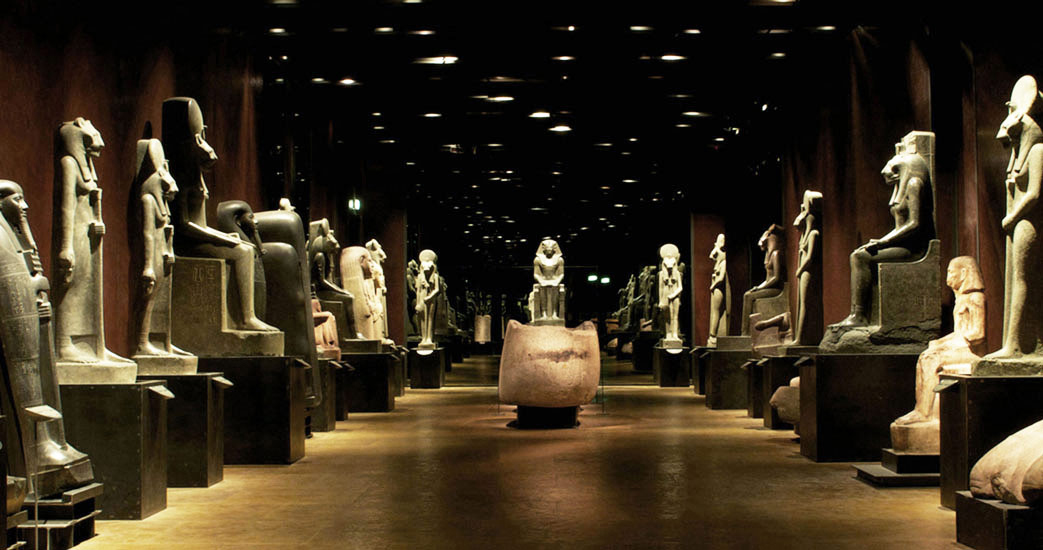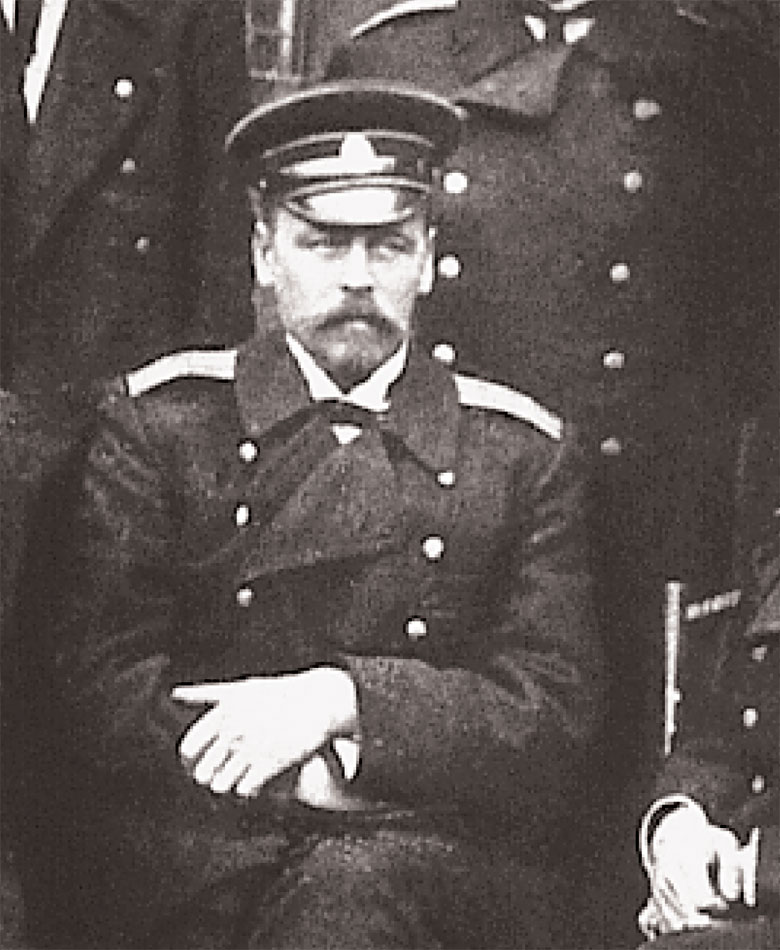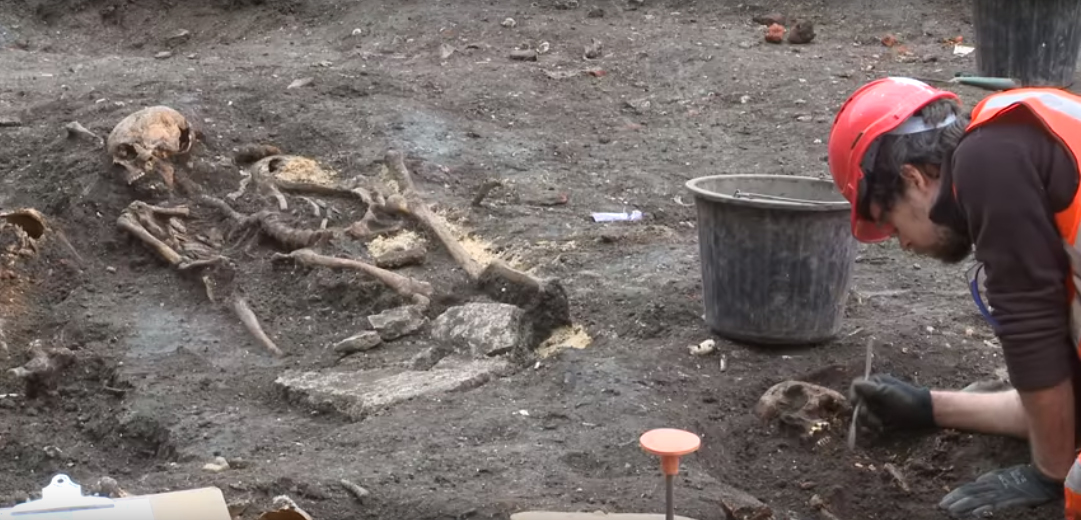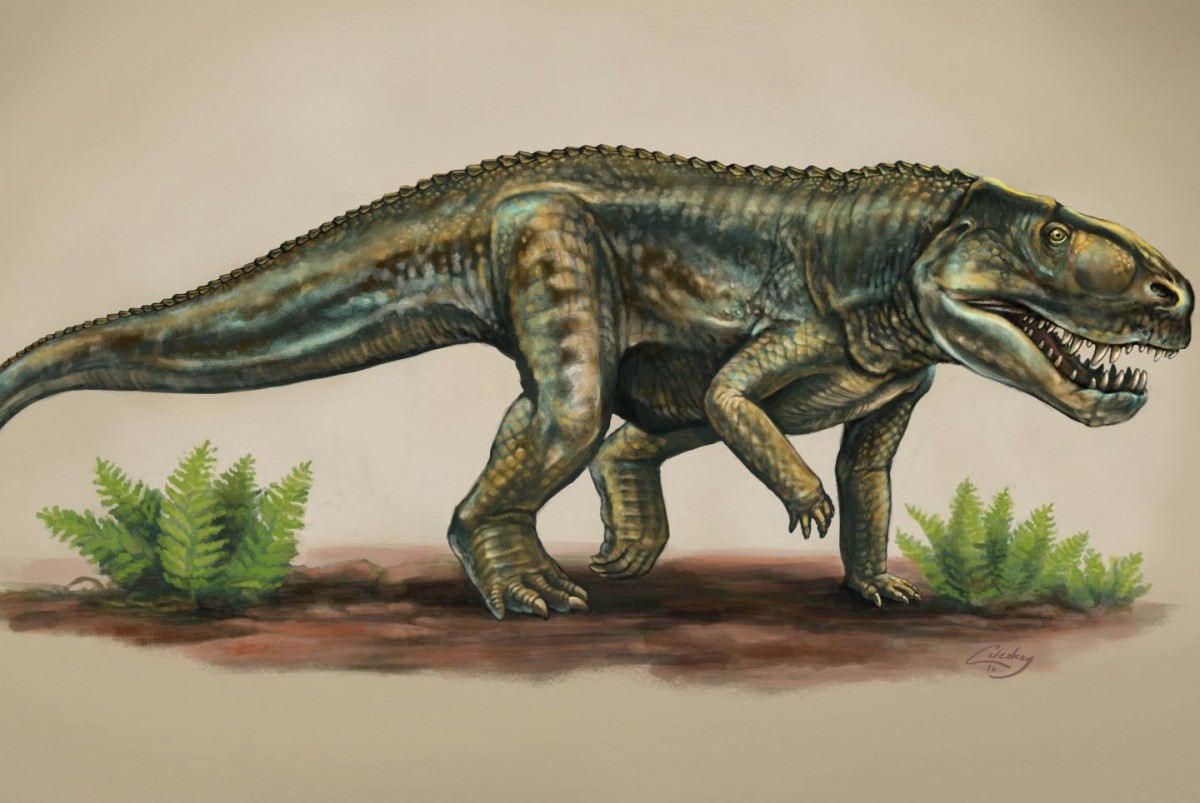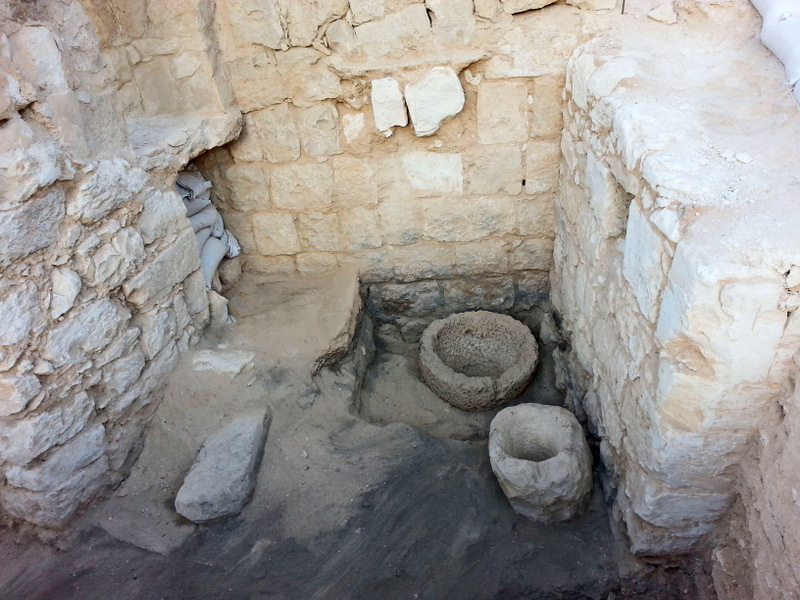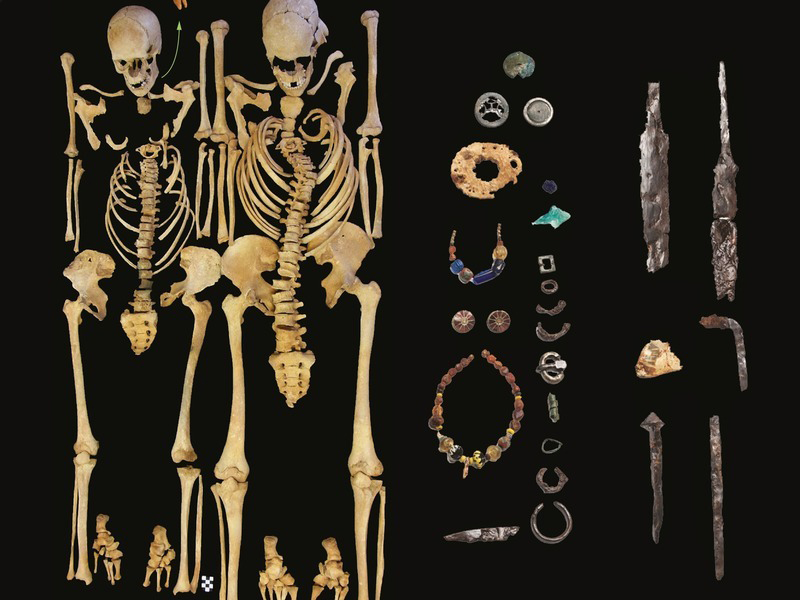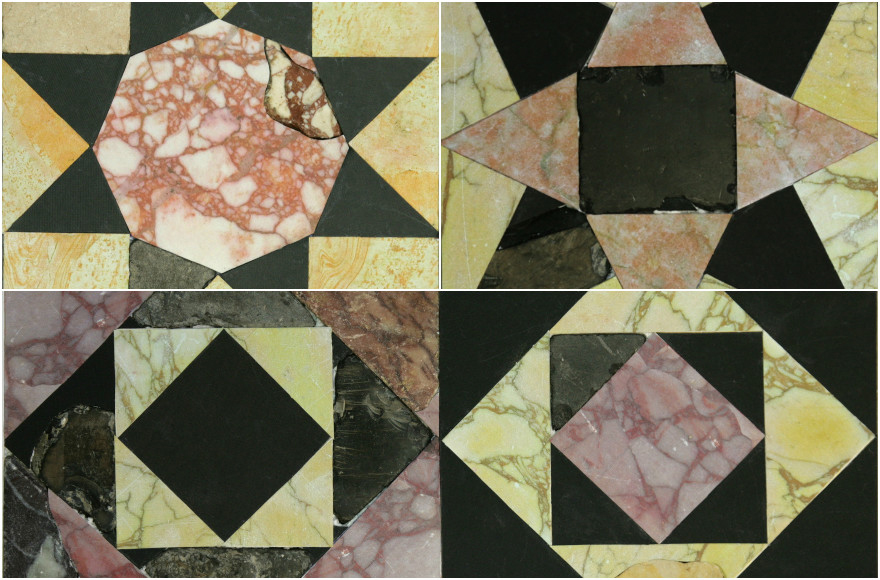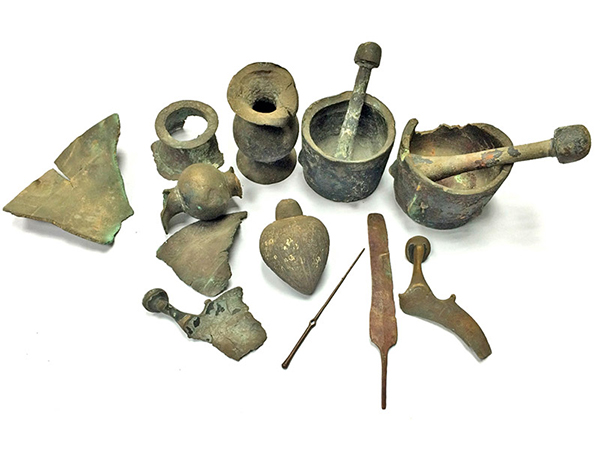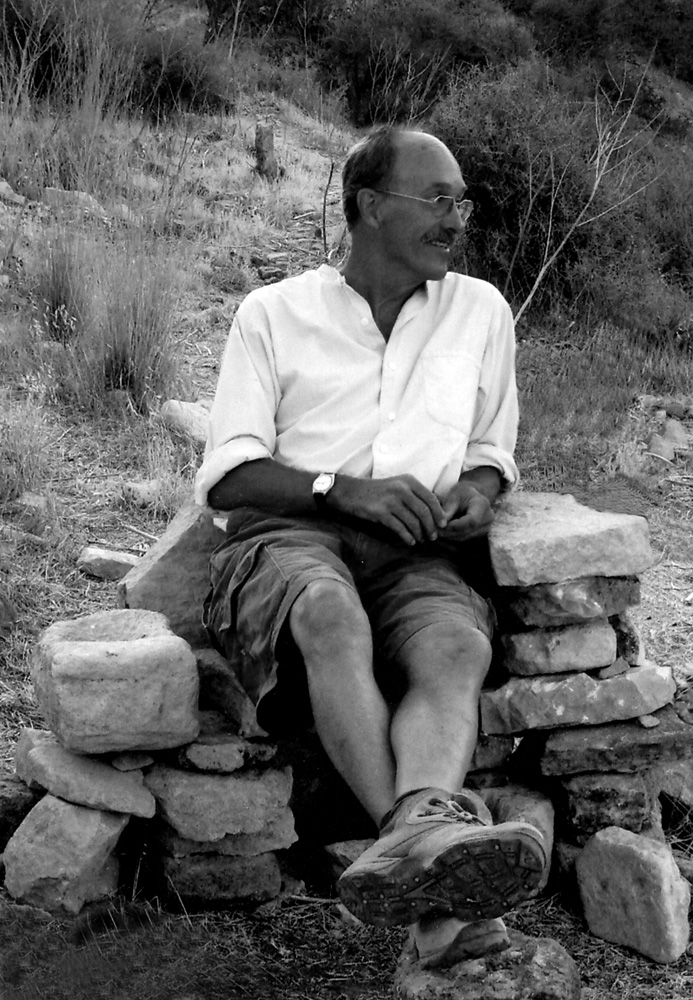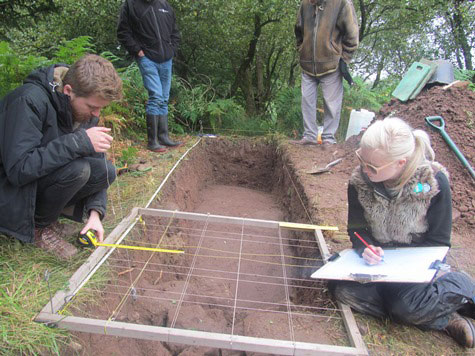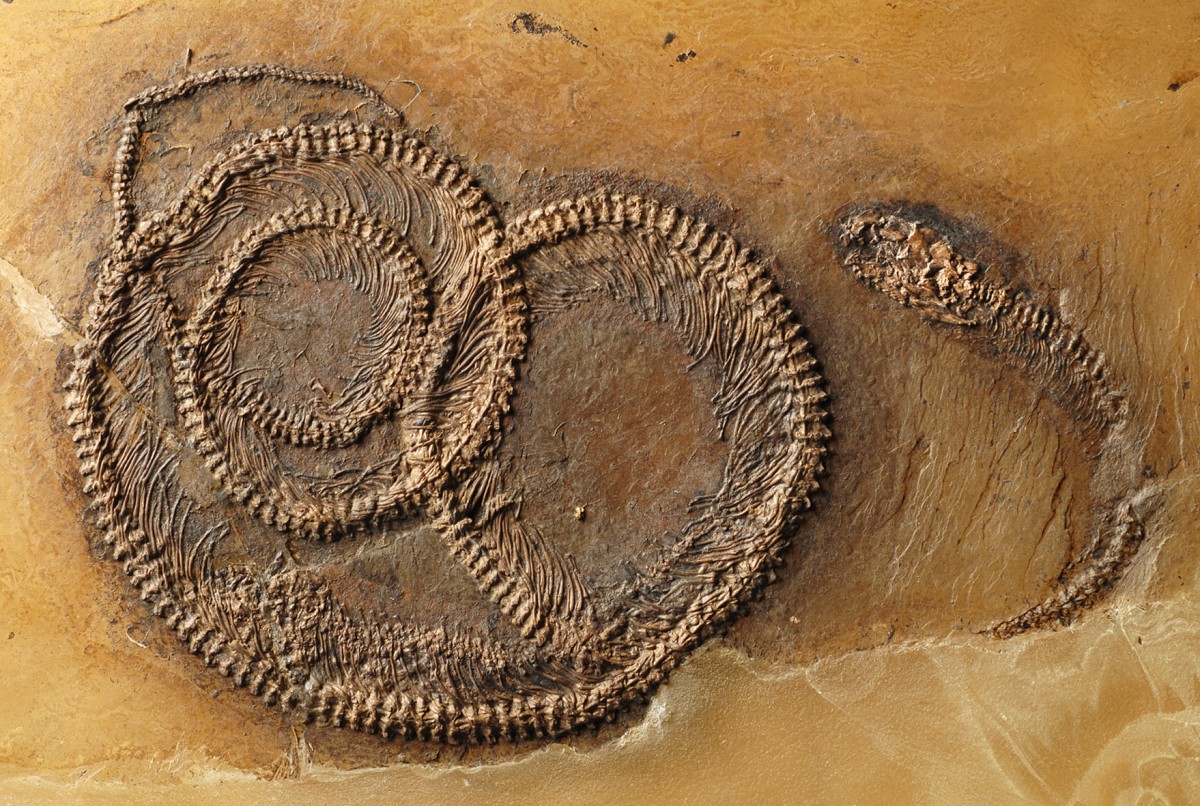Rare Roman gold coin found at Mount Zion archaeological dig
The discovery of a rare gold coin bearing the image of the Roman Emperor Nero at University of North Carolina at Charlotte’s archaeological excavations on Mount Zion in Jerusalem has just been announced.
The British Museum distorts history and denies its racist past
The British Museum in London is rewriting history to appear in a better light and defend itself against demands to return objects to their countries of origin. This is the conclusion of a new PhD thesis in archaeology from the University of Gothenburg.
Neolithic statuette discovered in Çatalhöyük
Archaeologists working at the Neolithic site of Çatalhöyük (central Anatolia) found a complete female figurine.
Inscribed gold plates found in Java
22 small gold plates dating back to the 8th century were found by construction workers in the village Ringinlarik of Central Java.
2016 investigation of the collapsed building in Kourion completed
The Kourion Urban Space project (KUSP) continued in 2016 to uncover evidence of the massive earthquake that destroyed Kourion in the fourth century AD.
Painting and Society in Venetian Crete: Evidence from Portable Icons
This symposium's focus will be on Venetian-ruled Crete and the vital field of portable icons.
Researchers unearth ancient mythological statues in Jordan
A team of North Carolina-based researchers helped unearth more clues this summer about the ancient Nabatean city of Petra in Jordan.
Professor translates 1,700-year-old obituary from Ancient Greek
The inscription has just been translated by a professor at Brigham Young University. The epitaph, found in Egypt, honors a woman named Helene who loved and cared for orphans.
Israel dig unearths ancient seal with ritual dance scene
A stone seal dating back approximately 3,000 years was discovered by archaeologist Robert Mullins, Ph.D., professor of biblical studies at Azusa Pacific University.
Assistant Professor, Mediterranean Archaeology
The Department of History & Classics invites applications for a full-time tenure-track position at the rank of Assistant Professor in the area of Mediterranean Archaeology.
Egyptologist philologist in Turin
A new position for an egyptologist/philologist has opened at the Museo Egizio, Turin. The deadline for applications is October 7, 2016.
PhD candidate in Archaeology
The Faculty of Humanities − Amsterdam School for Heritage, Memory and Material Culture offers a PhD position in Archaeology.
A Russian admiral… lighthouse keeper in Elafonisos and Antikythera
On the day in 1924 that N.N. Filosofov acquired Greek citizenship he visited Stylianos Lykoudis, Director/Head of the Lighthouse Service and asked to join the Corps of Lighthouse Keepers.
DNA of bacteria responsile for “London Great Plague” of 1665 identified
Scientific analysis of skeletons excavated as part of the Crossrail Programme has identified the DNA of the bacteria responsible for the 1665 Great Plague.
Researchers name a new species of reptile from 212 million years ago
An extinct reptile related to crocodiles that lived 212 million years ago in present day New Mexico has been named as a new species by Virginia Tech's researchers.
A Byzantine livestock stable was exposed in the Avdat National Park
In a joint archaeological excavation conducted in Israel, a 1m thick layer was found that leaves no room for doubt that donkeys, sheep and goats were there in antiquity.
Neolithic And Early Bronze Age Research Student Symposium
Abstract submission for the 3rd NEBARSS closes on September 15, 2016.
The Image of Christ in the Fifteenth and Sixteenth Centuries
The exhibition “Archaeology of Salvation” will examine the image of Christ that informed the faith of Erasmus and his society and explore its transformations.
Shedding light on the Justinian plague
First complete reconstruction of the early medieval pathogen genome Yersinia pestis from Bavarian skeletons.
Archeologists restore flooring from Second Temple courtyard in Jerusalem
Archeologists from the Jerusalem-based Temple Mount Sifting Project are confident that they have successfully restored a series of regally decorated floor tiles of the Second Temple.
The artefacts that came back from the sea
Items thousands of years old that were retrieved from the sea off Hadera were turned over to the Israel Antiquities Authority.
Workshop in Professor Peltenburg’s memory
The Department of Antiquities of the Republic of Cyprus will be hosting a workshop titled “Four Decades of Hiatus in Archaeological Research in Cyprus: Towards Restoring the Balance” in Peltenburg’s memory.
5,000 year old Prehistoric art panel uncovered
The “most important Neolithic cup and ring marked rock art panel in Europe” is being unearthed for the first time in 50 years on the edge of a housing estate in Clydebank near Glasgow.
Snake eats lizard eats beetle
Scientists examine rare, 48-million-year-old tripartite fossil food chain found at the UNESCO World Heritage site Messel Pit.
